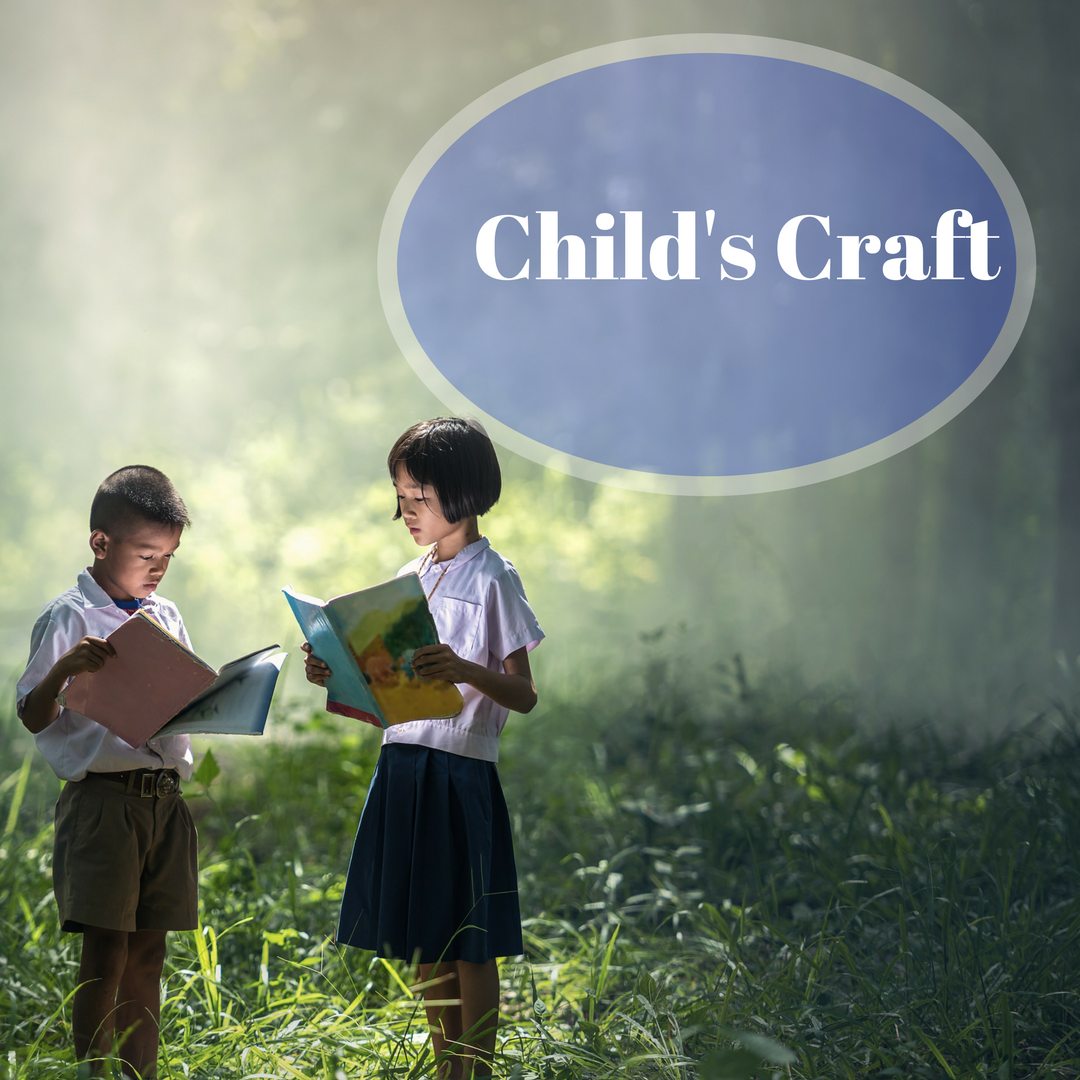
A Conversation with Rebecca Balcárcel
I had the privilege of meeting award-winning children’s author Rebecca Balcárcel through my local chapter of the Society for…
April 16, 2020
I had the privilege of meeting award-winning children’s author Rebecca Balcárcel through my local chapter of the Society for…
April 16, 2020
This blog has been such fun. I’ve truly enjoyed writing it, reading what others on A3 wrote, and occasionally…
March 16, 2020
As an adult, writing has been a mainstay of my professional career. I majored in journalism, interned at newspapers,…
February 16, 2020
It’s a brand new year. That means a new start to achieving new goals and a fresh clean slate…
January 16, 2020
One of the things I love most about writing for young readers is reading books written for middle grade…
December 16, 2019
You had an idea. You wrote. You slept. You wrote some more. You edited. You cried. (Just me? Oh.…
October 16, 2019
I may ruffle a few feathers here, but my favorite thing about fall is NOT pumpkin spice. My favorite…
September 16, 2019
As an occasional reader of speculative fiction, I had seen the name KA Cummins in Havok Magazine. She is…
June 16, 2019
This month we continue our series of author interviews with Martyn McGrath, creator of the Trials of the Hopebreather…
April 16, 2019
A Quick Look at the Two Middle Grade: Age of readers: 8 to 12 or 13 Length of books:…
October 21, 2018
Do you ever stare at one sentence until your eyes start watering? Have you had to read that one…
October 16, 2018Have you ever thought of taking your poetry one step further by writing an entire novel in verse? What…
June 17, 2018
School is out, and summer reading programs are gearing up in public libraries everywhere. Summer months are the perfect…
June 15, 2018
Matt Brough is a lot of things. He’s a father, a husband, a pastor, and a sports fan. He’s…
January 15, 2018